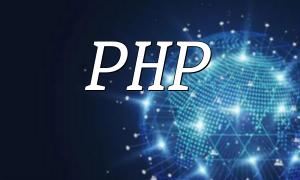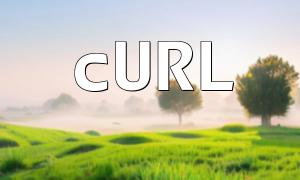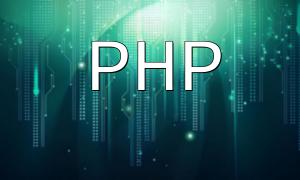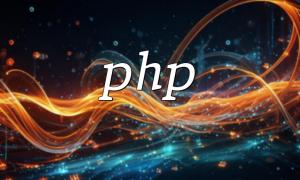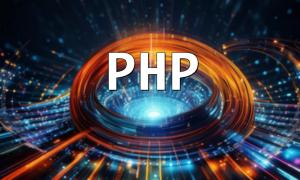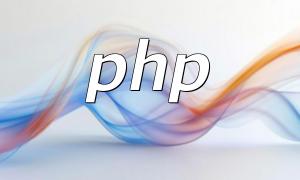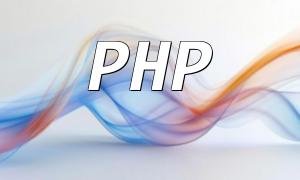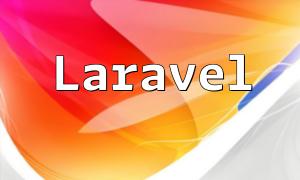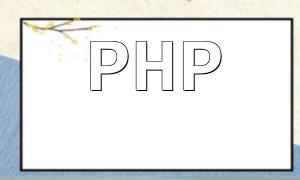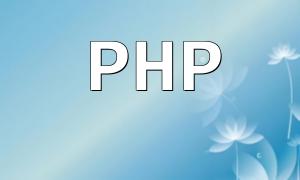Common PHP Website Content
PHP (Hypertext Preprocessor) is a widely-used server-side programming language for building dynamic and interactive websites. Here are some typical components and functionalities of PHP websites:
Website Layout and Design
- Homepage: The main page that displays essential information, functional modules, and navigation menus.
- Other Pages: Provide additional information or services, such as About Us, Contact, and Product pages.
- Header and Footer: Located at the top and bottom of every page, containing site name, navigation links, and copyright information.
Interactive Features
- Forms: Allow users to submit information, such as registration, contact, or feedback forms.
- Shopping Cart: Supports online shopping functionality, enabling users to add or remove products.
- Search Function: Helps users quickly find content on the website.
- Social Media Integration: Allows content sharing or social account login.
Data Management
- Database Connection: Enables the website to store and retrieve data efficiently.
- User Account Management: Supports user registration, login, and profile management.
- Content Management System (CMS): Facilitates creating and updating website content, such as articles or product information.
Dynamic Functionality
- Conditional Statements: Execute or skip certain operations based on specific conditions to display dynamic content.
- Loops: Iterate over datasets to generate dynamic lists, articles, or product displays.
- Functions: Encapsulate commonly used code blocks to improve code reusability and maintainability.
Other Common Features
- Images and Videos: Enhance visual appeal and user experience.
- Web Analytics Tools: Monitor and analyze website traffic and user behavior.
- Advertising Modules: Generate revenue or promote products.
- Blog or News Sections: Publish and manage articles, news, or updates.
By understanding these components, developers can build more effective, interactive, and dynamic PHP websites.
